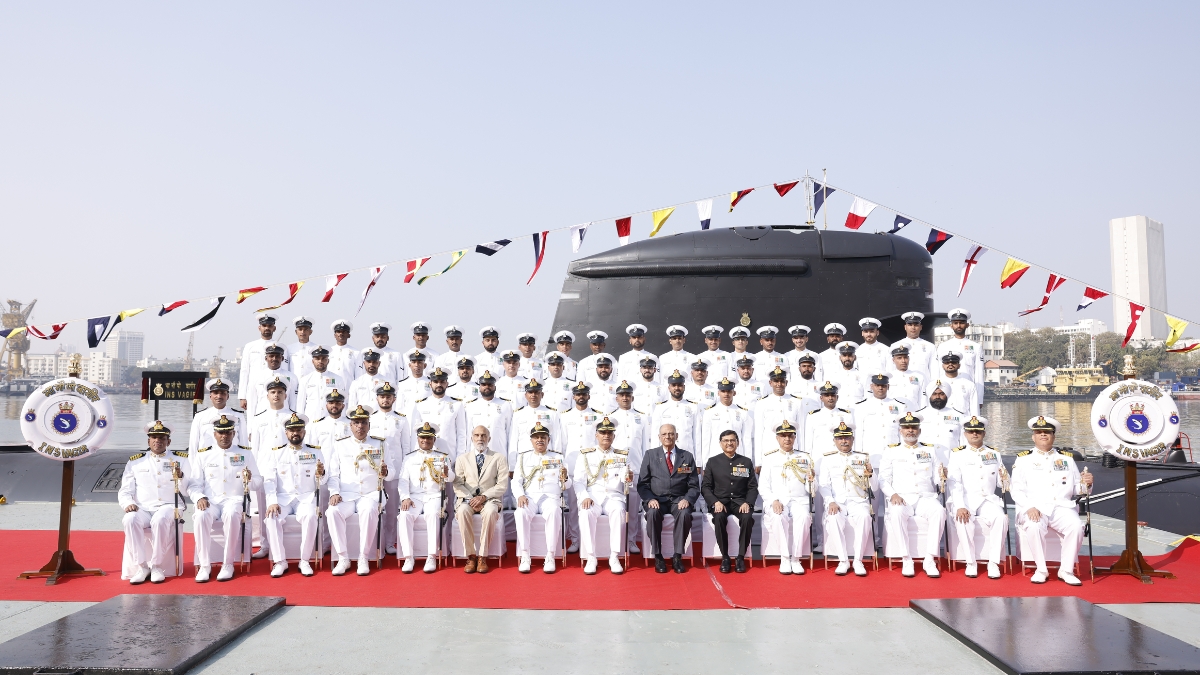India is advancing its naval ambitions with the formal start of contract negotiations between Mazagon Dock Shipbuilders Limited (MDL) and Germany’s Thyssenkrupp Marine Systems (TKMS) for transfer-of-technology under Project 75(I), a programme to build six advanced conventional submarines. TKMS confirmed the talks on Thursday (September 11), describing them as a milestone in India’s effort to modernise its underwater fleet and deepen industrial cooperation with Germany.
Unlike earlier reports that suggested foreign construction, the focus of Project 75(I) is explicit. Technology from TKMS will be transferred to MDL, enabling Indian shipyards to manufacture the submarines indigenously. This framework distinguishes the project from the earlier Scorpene line, where five submarines are already in service and a sixth is nearing commissioning.
The programme is seen as both a military and industrial step forward. It promises not just new submarines for the Indian Navy but the absorption of German design expertise into India’s shipbuilding base. Over time, this could give India the capacity to export submarines to friendly navies in Asia, Africa and the Middle East.
How does Project 75(I) fit into India’s maritime ambitions?
The six-boat programme will be executed by MDL with TKMS support, integrating advanced design features and propulsion technology while embedding transfer-of-technology into local production lines. By placing ToT at the centre of negotiations, the project ensures that intellectual property and technical knowledge are anchored in India rather than locked abroad.
This push ties directly into the government’s ‘Make in India’ initiative. By involving private industry alongside state-owned shipyards, Project 75(I) aims to cultivate a sustainable ecosystem in which Indian firms master critical submarine technologies instead of remaining dependent on imports.
For Germany, the agreement reflects growing cooperation with India at a time when Europe seeks stronger partnerships in the Indo-Pacific. For India, it marks a shift in emphasis. India is not just importing capability, but acquiring know-how that allows the Navy to maintain, upgrade, and eventually design future platforms at home.
How strong is India’s anti-submarine warfare network?
India’s undersea defence is reinforced by a layered anti-submarine warfare (ASW) network. Twelve Boeing P-8I Poseidon patrol aircraft conduct wide-area surveillance using advanced sensors, while Kamorta-class corvettes and other combatants employ HUMSA-family sonars, Varunastra torpedoes and Maareech decoy systems. The recent induction of MH-60R Seahawk helicopters adds rapid-strike capacity with dipping sonar and lightweight torpedoes.
Specialised shallow-water vessels such as INS Arnala extend coverage into coastal chokepoints, making infiltration by hostile submarines difficult. Analysts argue that this posture places Pakistani and Chinese submarines at considerable operational risk. Pakistani investment in Chinese-built Hangor-class boats faces questions over reliability and stealth, while Chinese submarine movements in the Indian Ocean are routinely tracked by India’s aerial and surface assets.
What are the regional implications?
Project 75(I) arrives at a time when both Pakistan and China are seeking to expand their naval presence. Pakistan portrays the Hangor-class programme as a deterrent, but experts suggest it remains constrained by technology gaps. China’s submarine forays into the Indian Ocean, meanwhile, are closely monitored and countered by India’s multi-layered ASW defences.
For India, the combination of indigenous submarine production and advanced ASW capability strengthens its claim as a credible security provider in the Indo-Pacific. The negotiations with TKMS mark a step not only in expanding undersea power but also in embedding industrial capability that supports long-term maritime security objectives.
